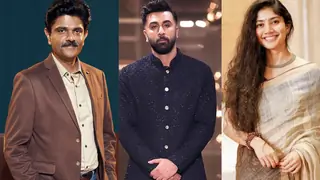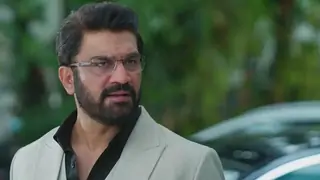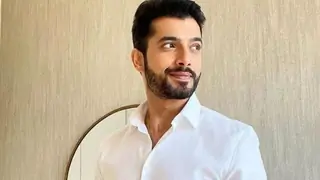Originally posted by: anobserver
Ever since this series started with the claim to authenticity, I have been wondering.
During the 1940s, was Hindu or Hindustani the lingua franca in North and North West India? What was the language used by royalty in North and North West India?
Hindustani is/was the lingua franca of North and NW India. Because, we speak that Hindi which contains Persian/Urdu influence due to a long Mughal rule and a common culture which developed as a result. We use some Persian words very freely in our 'Hindi'.
Actually, the difference between Hindustani and Hindi is quite bleak. Loosely speaking, Hindustani is said to consist of "Hindi" and Persian influence. By Hindi we mean, the one having more of a Sanskrit tilt, i.e., without Persian words; we can say 'Shuddh/Pure Hindi' in normal terms.
The Hindi used in Bollywood movies is actually Hindustani. In old Hindi movies, this was more clear. Most of the words drawn were of Persian origin, meaning Hindustani.
From my experience, i have seen people from Madhya Pradesh( Indore belt ) speaking in a manner which has very less influence of Urdu. Hence, that is 'more close' to 'Hindi' , than Hindustani.
Like...The Hindi term for the word friend is "mitra" , which seems more close to Sanskrit. But the Hindustani version will say "dost". We hardly notice that many speak Hindustani, not Hindi.
About royalty...
Since this show is about a family of Ranas of Umerkot. So i am supposing this question has more to do with Rajasthan Sindh area. So, i am starting with them only.
If we see the records of erstwhile princely states of Rajasthan, let us say, of 16th and 17th centuries, we find a great influence of Sanskrit in court records. This changed slowly.
Court records of 18th century onwards show that Persian words were increasingly being used in conversation. Although, the script used was Dev-Nagari, but a large numbers of words used were Persian.
This would mean we were moving towards "Hindustani", though the script was Dev-Nagari only. For example : The one who held a fort was earlier called Kotpal according to ancient terminology. Now, under Persian influence it became Kotwal.
This was about the royalty in Rajasthan area.
But, if we talk about the Delhi area then here we would have a more heavy influence of Persian in 'Hindustani'. Same was the case with Lucknow area. So, it all changes from place to place. Persian had good influence in Punjab area too.
So, royalties spoke Hindustani, but the degree of Persian usage was different depending upon the area they belonged to. Many of them are known to have proficiency in English too as time passed. Boundaries of languages were getting blurred with their mixing up.
The voiceover for the show "Samvidhan", a series on the making of the Constitution of India telecast on Rajya Sabha TV (and available on youtube), also uses Hindustani.
Also, would the British Regent have used the Devnagri script or the Perso-Arabic script while writing? If we peruse the records that have now been made available, Queen Victoria learnt Hindustani and her writing practice (though transcribed by her daughter) shows she didn't learn the Devnagri script.
Evidence of some letters of 19th century written by British regents show that they could easily use Dev-Nagari. I have read the contents of letters of the Jaipur Queens sent to British officials regarding state transactions in 1810s, 1830s, etc. Both the parties exchanged letters in Dev Nagari script. Possibly scribes were used here. This would have continued in future also as far as i feel.
At the same time, we have letters exchanged in Persian. There was a post of "Persian Secretary" in the British Govt of India. But use of Persian script was more in vogue when they dealt with courts in Delhi area, since the correspondence / documents of those rulers were in Persian. Persian influence was already on decline, and suffered a blow, with the dismantling of various dynasties after 1857-58, since no court patronage was offered thereafter.
I feel they used different script according to the dynasty they conversed with, and there were recruitments made for this purpose of conversing with the royalty. Some of the British officers knew Persian and DevNagari script as well.
If anyone is familiar with history of India and more particularly of the history of languages in India, please do share your insights.
This is not meant to be a divisive post on languages (Hindi v. Hindustani), but merely an attempt to ascertain historical facts from those who are better informed.






































